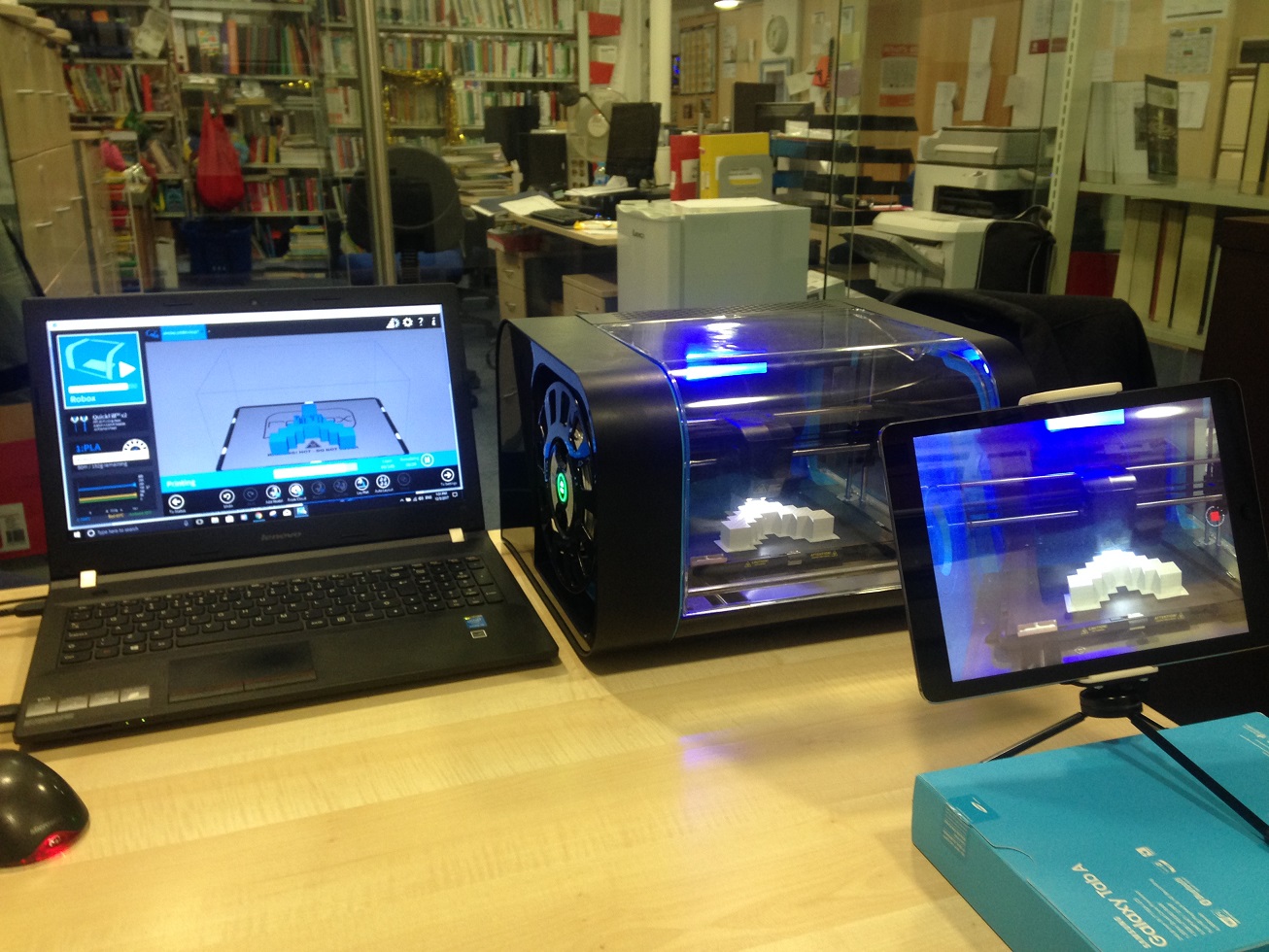The Circle of Life – Libraries and Innovative Digital Inclusion
Category: #LibrariesAreEssential, Blog, News
by Iain Robertson, Digital and Information Services Manager at South Lanarkshire Libraries
I’ve worked in public libraries for around 37 years which means two things – one, I started in the pre-technology Browne Issue System days, and two, I’m quite old. One of the very few advantages of this seniority has been the opportunity to observe the introduction of a range of new technologies and experience the impact they have had on our service.
It has been overwhelmingly positive with only one personal bugbear. I appreciate the advantages of self-service machines but until they can say “that’s a great book, I read it last week”, I’ll never be fully convinced.
Now let’s focus on the good stuff. For many people of my generation, and older, and perhaps younger too, the library provided the first experience of getting online and accessing the ‘information superhighway’. In my library that meant two huge wooden cabinets that offered coin-operated connection to the internet – £1 for 15 minutes! As it took about five minutes to render a web page it could be quite pricey.
The People’s Network initiative at the turn of the century changed everything. Introducing lots of PCs with free internet access, and the support provided by newly upskilled staff, changed the perception of libraries for many people. Bright branded learning centres attracted new visitors to libraries keen to explore the technology, while enthusiastic colleagues developed their skills to meet a broad range of demands.
We created courses and activities to support people in their new learning, including demonstrating how to make the most of our ever-improving digital provision. We teach participants how to use their own devices to download our fantastic free content – it’s like the circle of life! Installing high quality WiFi was essential in helping us to support users as they gradually moved away from desktop PCs to smart phones and tablet devices. It also provided more flexibility, allowing us to use our spaces for digital activities such as code clubs and Minecraft sessions, and supporting our exciting exploration of Augmented Reality and how it could be used in libraries to improve accessibility.
A new dimension was added to our digital offer with the introduction of 3D printing. This was genuinely cutting-edge technology that couldn’t be seen ‘up close’ anywhere else. It inspired numerous projects, with customers of all ages demonstrating their creativity, from idea to design to manufacture.
We decided that we should share these fantastic digital resources and activities beyond our library walls. We developed a digital roadshow, featuring attractive new branding, and headed into our communities, giving visitors a chance to experience first-hand the digital opportunities available from our libraries. The roadshow visited hospitals, a hospice, schools, job centres, rural festivals, community centres, a university campus, supermarkets, family fun days, and of course libraries, where members were often surprised by the resources that they already had access to!
Around 7,000 people visited our roadshow and 3D printer demos. Sadly the Covid-19 pandemic interrupted the momentum, however it did demonstrate the value of our online resources which exhibited significant increases in usage. It also highlighted areas we must consider as we work towards recovery, such as providing additional support in employability and online communication.
I look forward to our libraries reopening, and mustn’t forget to switch on the self-service machines 😊.



